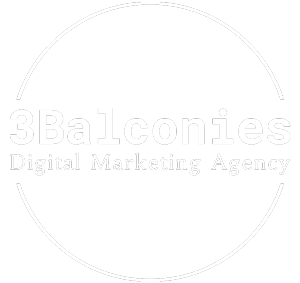As a small business owner, you know that attracting and retaining customers is crucial to your success. One way to do this is through content marketing, which involves creating and sharing valuable, relevant content to attract and retain a clearly defined audience. But what is content marketing, and how can it benefit your business?
What is content marketing?
Content marketing is a strategic approach that involves creating and distributing valuable, relevant, and consistent content to attract and retain a clearly defined audience. The goal of content marketing is to drive profitable customer action, whether that’s through sales, leads, or engagement.
Content marketing can take many forms, including blog posts, articles, videos, podcasts, infographics, etc. The key is to create valuable, relevant content for your target audience that addresses their pain points or interests.
Why is content marketing important for small businesses?
Content marketing is vital for small businesses because it can help attract and retain customers, build brand awareness, and establish credibility and authority in your industry. It’s also a cost-effective way to reach your target audience, as creating and sharing high-quality content can drive organic traffic to your website.
In addition, content marketing can help you nurture leads and build relationships with your audience. You can educate your audience and build trust and credibility with them by providing valuable, relevant content. This can ultimately lead to more sales and revenue for your business.
How to get started with content marketing for your small business
So, how can you get started with content marketing for your small business? Here are a few steps to follow:
- Define your target audience: The first step in any content marketing campaign is to define your target audience. Whom are you trying to reach and engage with your content? What are their pain points or interests? Understanding your audience will help you create content that is relevant and valuable to them.
- Set your goals: Next, it’s important to set clear goals for your content marketing efforts. What do you want to achieve with your content? Do you want to drive sales, generate leads, or increase engagement? Setting specific, measurable, achievable, relevant, and time-bound (SMART) goals can help ensure that your content marketing efforts are focused and effective.
- Create a content marketing plan: Once you know your target audience and goals, it’s time to create a content marketing plan. This should include the types of content you will create, how often you will publish, where you will publish, and how you will promote it.
- Create high-quality content: The next step is to start creating high-quality content that is relevant and valuable to your target audience. This can include blog posts, articles, videos, podcasts, infographics, and other types of content. Make sure to optimize your content for search engines (SEO) by including relevant keywords and formatting your content correctly.
- Promote your content: Once you have created your content, it’s essential to promote it to your target audience. You can do this through social media, email marketing, paid advertising, and other channels. You can also reach out to influencers or other websites and ask them to share your content with their audiences.
By following these steps and being consistent in your efforts, you can start to see the benefits of content marketing for your small business. Creating and sharing valuable, relevant content can attract and retain customers, build brand awareness, and drive sales and growth for your business.

